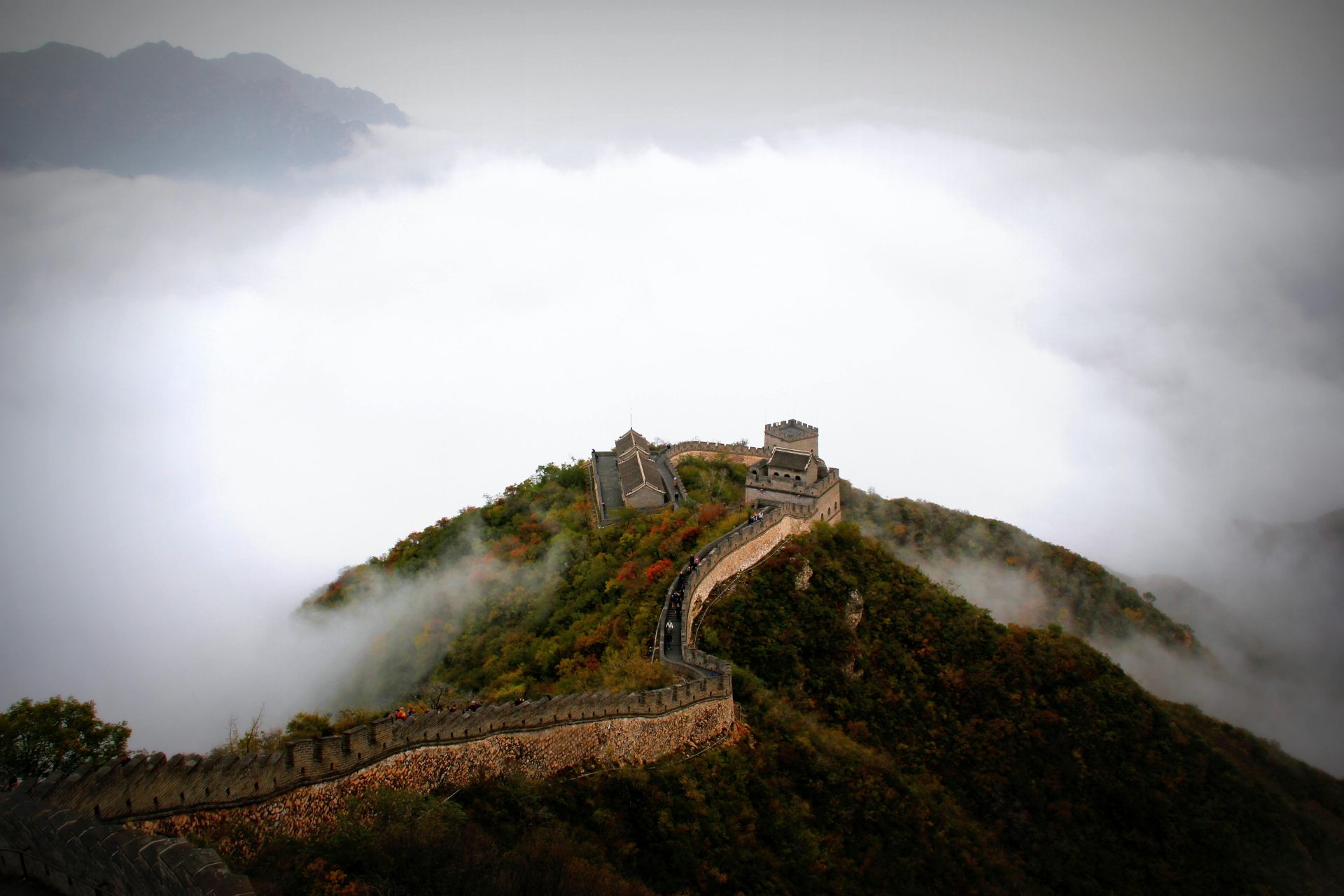Asia is a continent rich in ancient traditions, exquisite cuisine, and sophisticated art. It is a place where history, spirituality, and innovation blend seamlessly, creating a cultural landscape unlike any other. From breathtaking architecture to vibrant festivals, Asia is an essential destination for those seeking to immerse themselves in different cultures. Join us on a journey through the flavors, colors, and traditions that make this continent truly unique.
A Rich Mosaic of Cultures
Asia’s cultural diversity is mesmerizing, woven from centuries of traditions, beliefs, and customs that have shaped the continent over thousands of years. From the bustling streets of Tokyo to the majestic landscapes of India, every corner of Asia tells a story of heritage, resilience, and evolution.
The region is home to an incredible array of belief systems—Buddhism, Hinduism, Taoism, and Islam, among others—all of which have left a profound impact on its cultural identity. What makes Asia particularly fascinating is its ability to blend the ancient with the modern. In many places, time-honored customs and rituals coexist with cutting-edge innovation, creating an extraordinary sense of continuity and balance.
One of the most striking aspects of Asian culture is the deep respect for elders, a tradition that reflects a profound reverence for wisdom and the experiences of past generations. From the intricate temples of Kyoto to the lively markets of Bangkok, Asia’s cultural heritage is visible in every aspect of daily life, making it a compelling and enriching experience for all who explore it.
A Linguistic Wonderland
Asia is one of the most linguistically diverse regions in the world, home to thousands of languages and dialects. From the tonal complexities of Chinese to the poetic rhythm of Japanese, from the melodic flow of Bahasa Indonesia to the expressive richness of Hindi, the linguistic landscape of Asia is as colorful and intricate as its cultural heritage.
Calligraphy, storytelling, and oral traditions play an essential role in preserving languages across generations, serving as a testament to the enduring power of communication. The digital age has also opened new opportunities for linguistic preservation, with online platforms and digital archives helping to safeguard Asia’s rich linguistic heritage. Today, connecting with speakers of diverse Asian languages is easier than ever, ensuring that the voices of the past continue to resonate in the present and future.
A Culinary Journey Like No Other
Asian cuisine is a reflection of the continent’s deep cultural diversity, offering a vast range of flavors, ingredients, and culinary traditions perfected over centuries. From the fiery spices of Sichuan cuisine to the delicate balance of umami in Japanese dishes, from the complex layers of Thai flavors to the comforting simplicity of a bowl of Vietnamese pho, the culinary landscape of Asia is an absolute feast for the senses.
Attention to detail and the harmony of flavors and textures are at the heart of Asian cooking. Food is not just sustenance—it is an experience, a communal ritual, and often a spiritual practice.
Beyond its remarkable taste, Asian cuisine is also celebrated for its health benefits. Many culinary traditions in the region emphasize fresh, locally sourced ingredients and a balanced diet, making the food not only delicious but also inherently nutritious. Ingredients such as turmeric, ginger, and seaweed, widely used in Asian cooking, have gained global recognition for their medicinal properties, further highlighting the wisdom of Asia’s culinary heritage.
A Spiritual and Religious Tapestry
Asia’s spiritual landscape is as profound and diverse as its cultural traditions. Across the continent, ancient temples, sacred sites, and religious practices shape the daily lives of millions. From the grandeur of Angkor Wat in Cambodia to the tranquil shrines of Kyoto, from the echoing call to prayer in the Middle East to the colorful festivities of Hindu and Buddhist celebrations, religion is deeply embedded in Asia’s art, architecture, and way of life.
Philosophies of compassion, mindfulness, and interconnectedness—central to many Asian religious traditions—continue to inspire people worldwide. Whether through meditation, feng shui, or traditional Chinese medicine, Asia’s spiritual wisdom remains a guiding force for those seeking inner peace and holistic well-being.
Vibrant and Colorful Festivals
Throughout the year, Asia bursts into life with a dazzling array of festivals that celebrate its rich cultural heritage. From the spectacular lights of Diwali in India to the exuberant Chinese New Year celebrations across the continent, these events are a testament to the spirit of joy, unity, and cultural pride that defines many Asian societies.
Dances, music, and elaborate rituals make these festivals an unforgettable experience. More than just moments of celebration, they serve as opportunities for cultural exchange and mutual appreciation. Events like Japan’s Cherry Blossom Festival and Thailand’s Songkran Water Festival have captivated global audiences, bringing the essence of Asian traditions to the world stage.
Ancient and Sophisticated Art

Asia’s artistic traditions are as diverse as its cultures, spanning an incredible range of forms—from the serene beauty of Chinese brush painting to the intricate designs of Indian rangoli, from the graceful movements of Japanese kabuki theater to the expressive dynamism of Balinese dance.
What sets Asian art apart is its deep connection to spirituality, storytelling, and identity. Whether through delicate porcelain, vibrant tapestries, or detailed wood carvings, every piece carries a history and meaning beyond its aesthetic beauty.
This artistic heritage is not confined to museums but is embedded in daily life, particularly in architecture. From the ornate carvings of Thai temples to the minimalist elegance of Japanese wooden houses, Asia’s built environment reflects a centuries-old commitment to harmony, balance, and beauty.
Iconic Architecture
Asia’s architectural landscape is a striking testament to its cultural richness, showcasing structures that have stood the test of time and continue to inspire awe. From the Great Wall of China to the timeless beauty of India’s Taj Mahal, from the ancient city of Bagan in Myanmar to the futuristic skylines of Tokyo and Shanghai, Asia’s architecture is a compelling narrative of its historical evolution.
Traditional structures such as pagodas, palaces, and wooden pavilions symbolize Asia’s spiritual and aesthetic values. Meanwhile, modern Asian cities integrate sustainable and eco-friendly innovations, demonstrating the region’s ability to honor its past while embracing the future.
Traditional Music and Dance
Music and dance in Asia are vibrant expressions of cultural identity, encompassing a rich variety of styles, instruments, and performance traditions. Whether it’s the soul-stirring melodies of Indian classical music, the hypnotic rhythms of Balinese gamelan, the lyrical storytelling of Chinese opera, or the high-energy movements of Korean folk dance, each tradition offers a window into the soul of its people.
Despite modern influences, traditional Asian music and dance remain cherished art forms, captivating audiences both within and beyond the continent. From the graceful performances of Japanese geishas to the dramatic Thai khon dance, these traditions continue to preserve and celebrate Asia’s heritage.
A Legacy of Ancient and Contemporary History
Asia’s history is a rich tapestry of ancient civilizations, groundbreaking innovations, and enduring traditions. From the scientific and artistic advancements of early India and China to the sophisticated societies of Southeast Asia and the Middle East, the continent’s past is a testament to human ingenuity, resilience, and the pursuit of knowledge.
Today, Asia’s modern story is just as dynamic, shaped by its balance of tradition and progress. The rapid development of countries like Japan, South Korea, and Singapore, the modernization of China, and the ever-evolving cultural landscapes of Southeast Asia highlight the continent’s critical role in shaping the 21st century.
Conclusion
Asia’s rich and diverse cultural tapestry offers endless fascination, inviting travelers and scholars alike to explore its traditions, cuisine, and art. The continent’s unique blend of ancient customs and modern innovation makes it one of the most captivating places on Earth.
From iconic architecture to spiritual traditions, vibrant festivals, and exquisite cuisine, Asia is a land where history and modernity coexist in perfect harmony. Its cultural legacy continues to inspire and shape the world, ensuring that its traditions remain cherished for generations to come.
Asia is more than a destination—it’s an experience, a story, and a journey into the heart of humanity.




